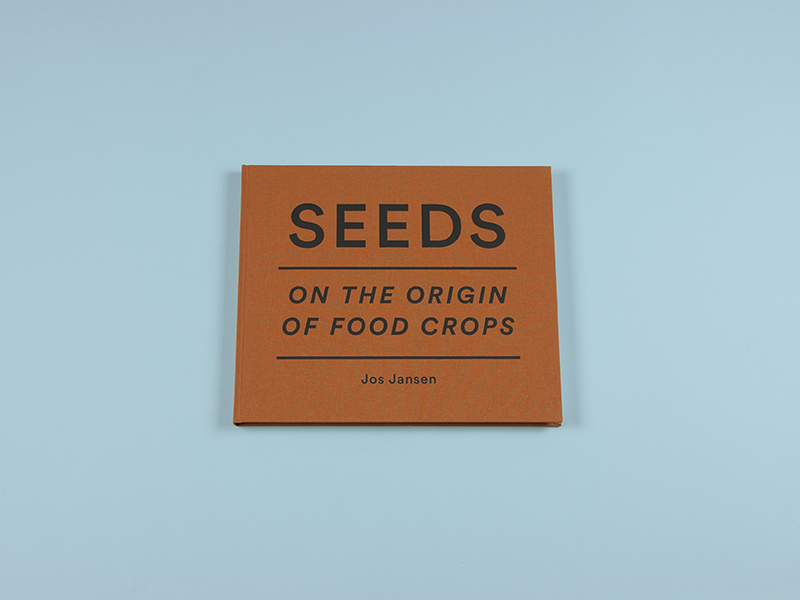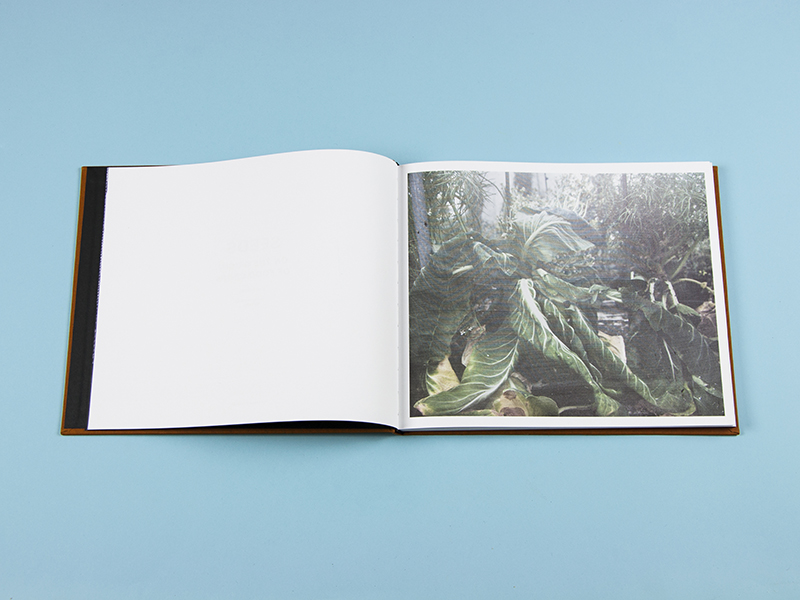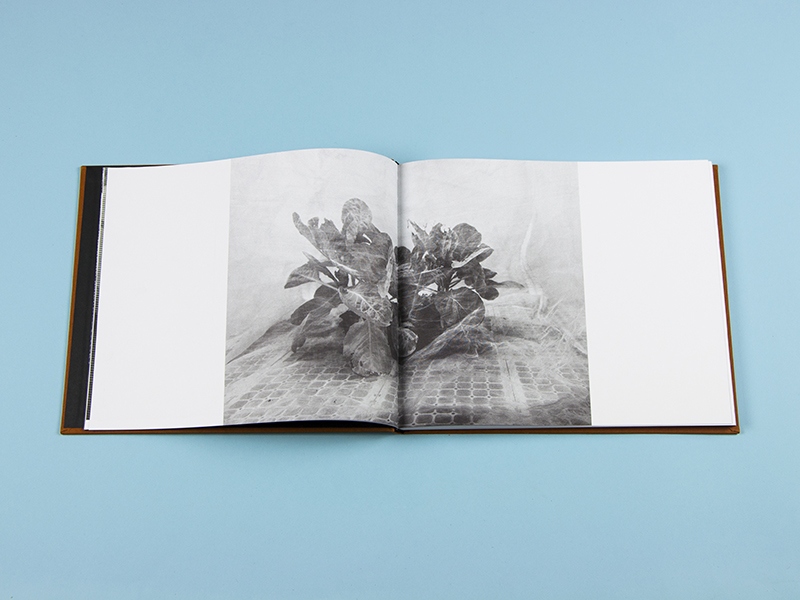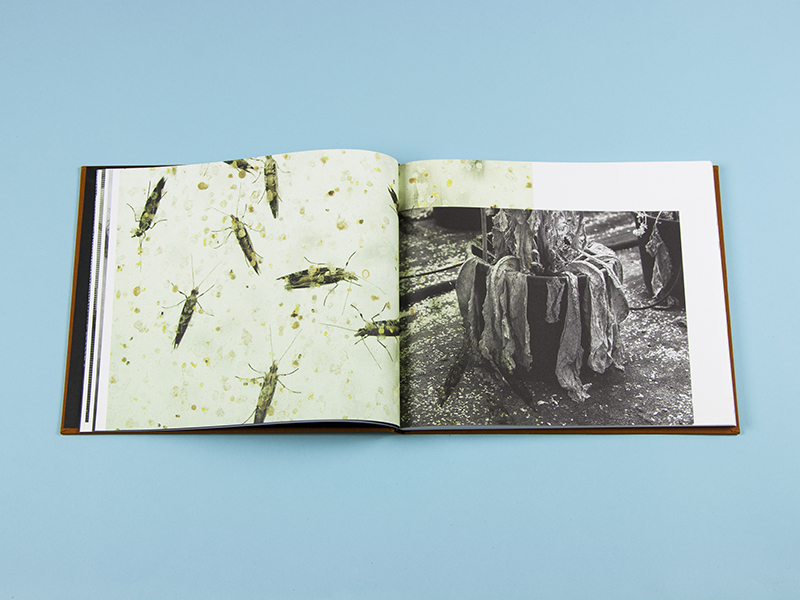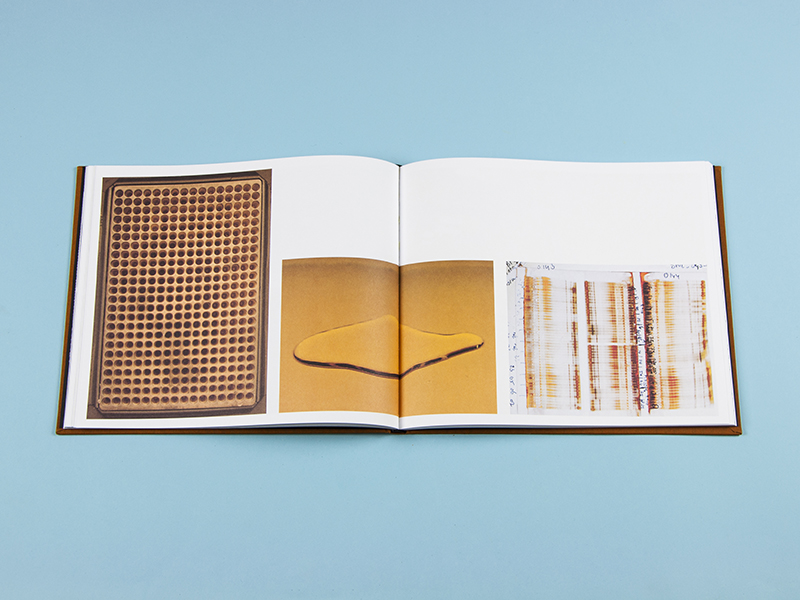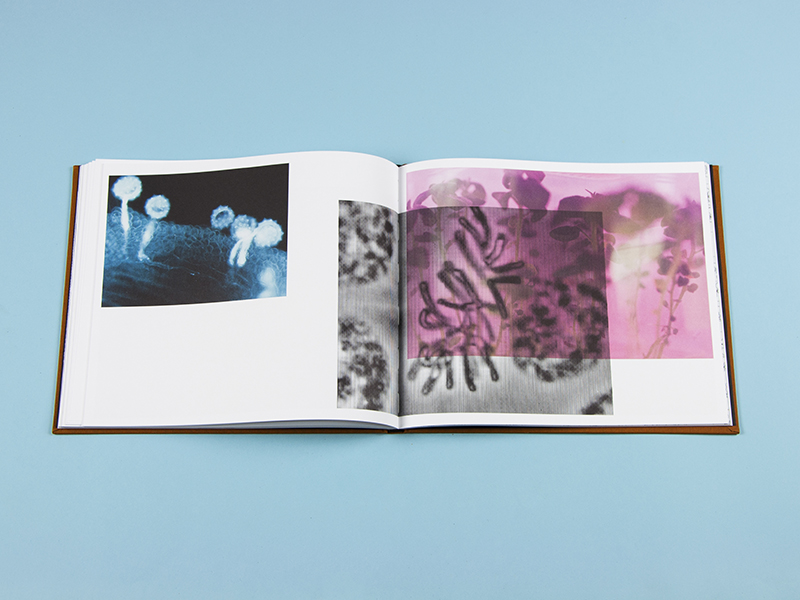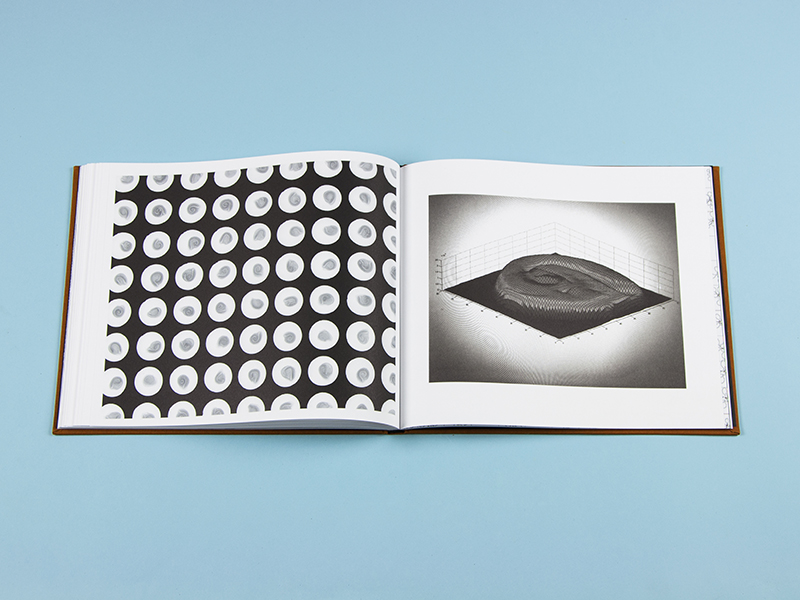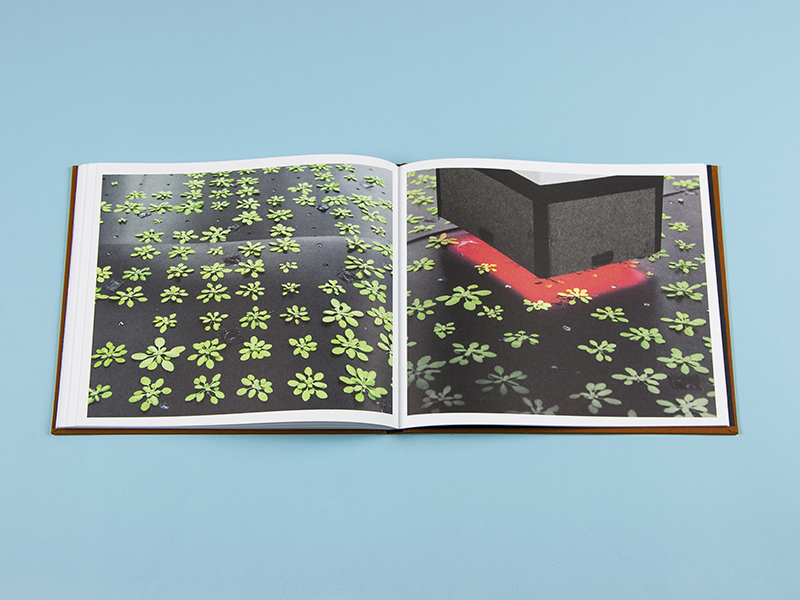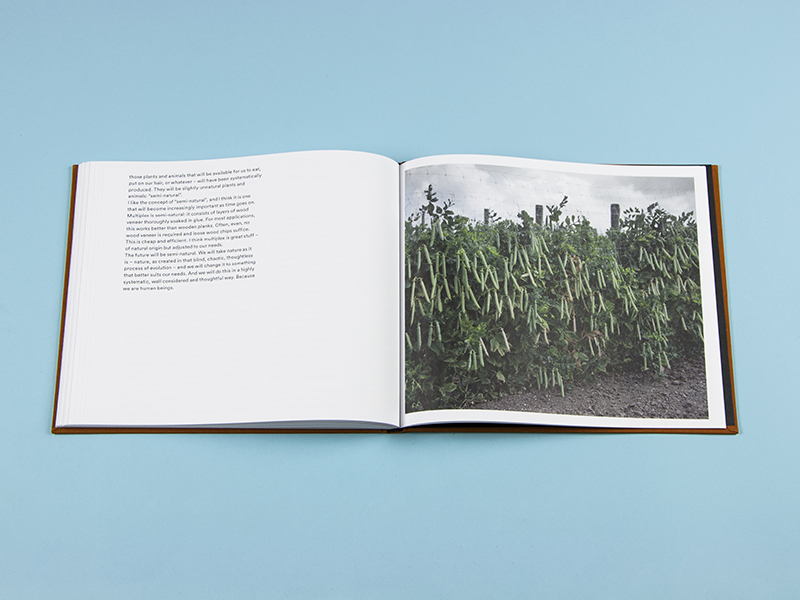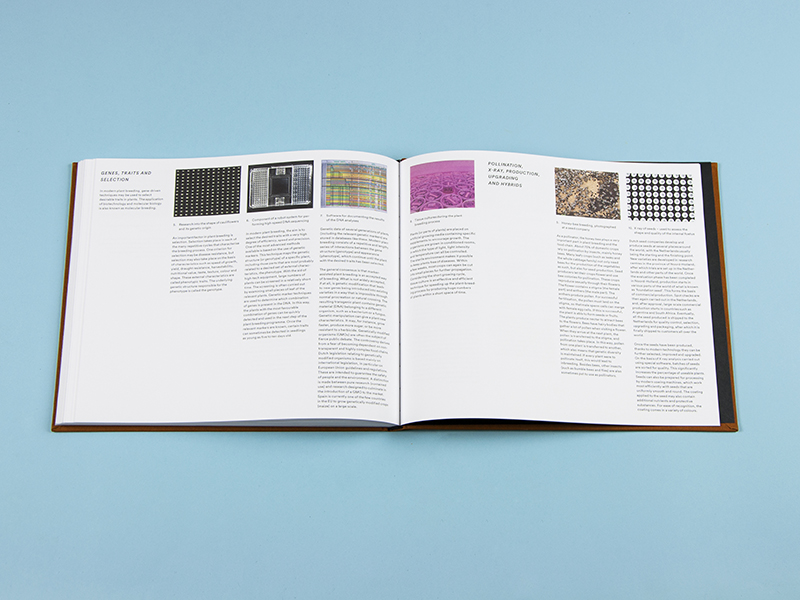Jos Jansen – SEEDS: On The Origin of Food Crops
spreads courtesy of The Eriskay Connection
Artist: Jos Jansen
Title: SEEDS: On The Origin of Food Crops
Publisher: The Eriskay Connection
Year: 2014
BUY
The pressures that are currently faced by the industries involved in our global food production have been well documented and highlighted in the past five years or so. The population of the planet is increasing too rapidly to make our current supply of livestock and crops sustainable. As such, new models that — many believe — are developed out of necessity, become substance for intrigue and examination. Jos Jansen’s project, Seeds: On the Origin of Food Crops, documents how some plant breeders, farmers and scientists, are attempting to play God in a bid to develop highly resistant crops that will be protected from diseases, pests and droughts.
Jansen begins the story in the middle; dying plants, draped in plastic sheeting, lay around inside an industrialised greenhouse. We are met with insects clinging to the meshed walls, with before and after shots depicting the devastation they cause to crops. Highly stylised, the whole thing feels more like a science fiction film than a documentary of mankind’s fervent efforts to alter nature for its own gains. There is a bombardment of visual imagery that extends beyond the photographs taken inside the facilities, to include outputs from visual DNA software and x-rays of the seeds themselves.
Seeds has a lot of potential; its subject matter may not on the surface be the most exciting, but its relevance to our future everyday life makes it extremely important. That said, the book feels like it is trying too hard. While photo books can benefit from experiments in layout and overall design, it feels as though this approach kills some of the attraction to Jansen’s images and mutes their impact. There is a clear effort to explore the boundaries of photojournalism and the en vogue crossover that the genre has with fine art practice, yet the subject matter does not feel entrenched enough in our consciousness for this to work. New subjects such as this, work best when the images are given space and time to develop as we look at them, and allow us to form our own perceptions of the topic before these are to be questioned. The narrative running throughout the project is intriguing, and certainly begins to raise the right questions that include not just the biological and health concerns of these genetically modified crops, but also philosophical questions about the ethics of doing so.

